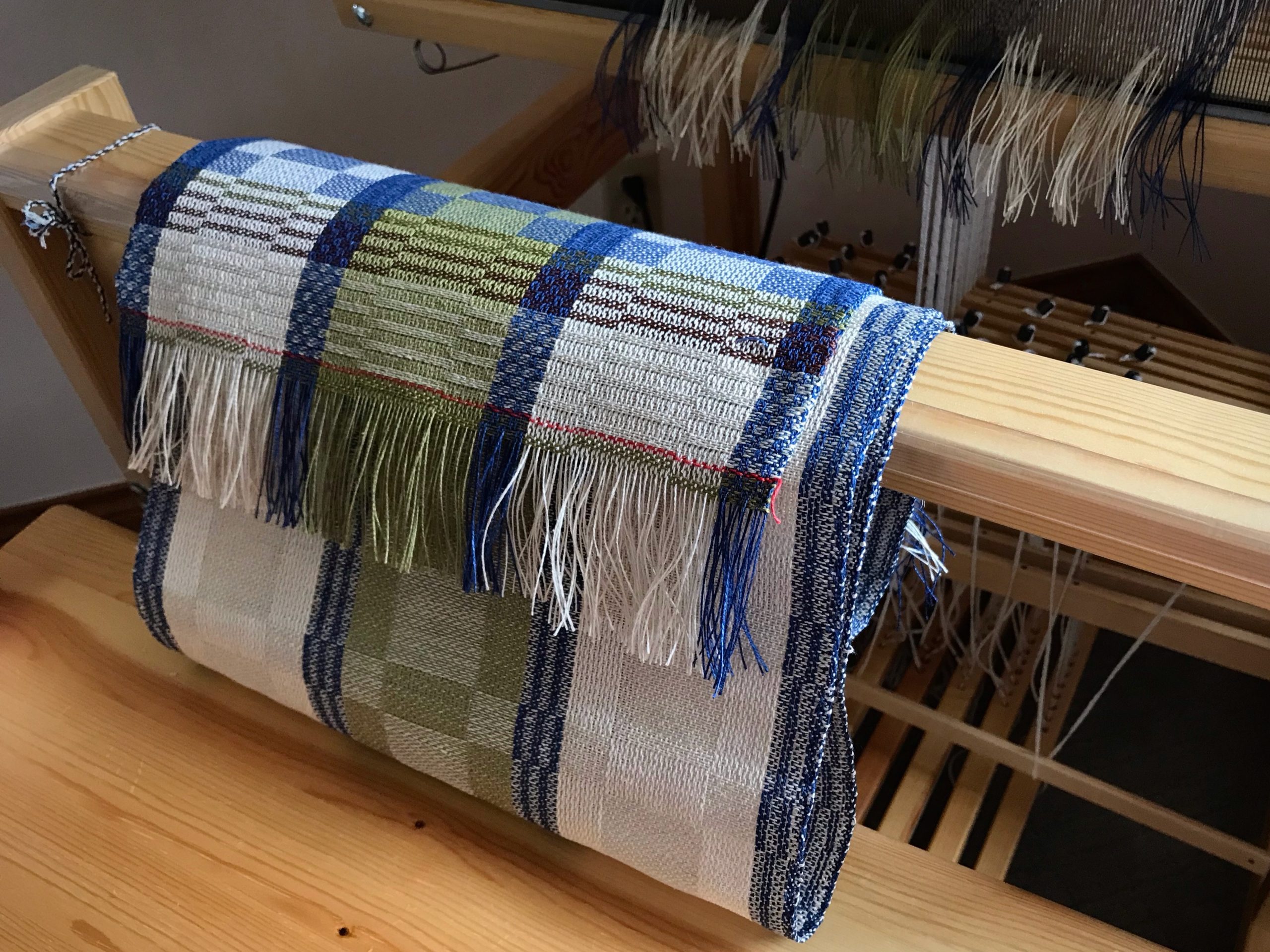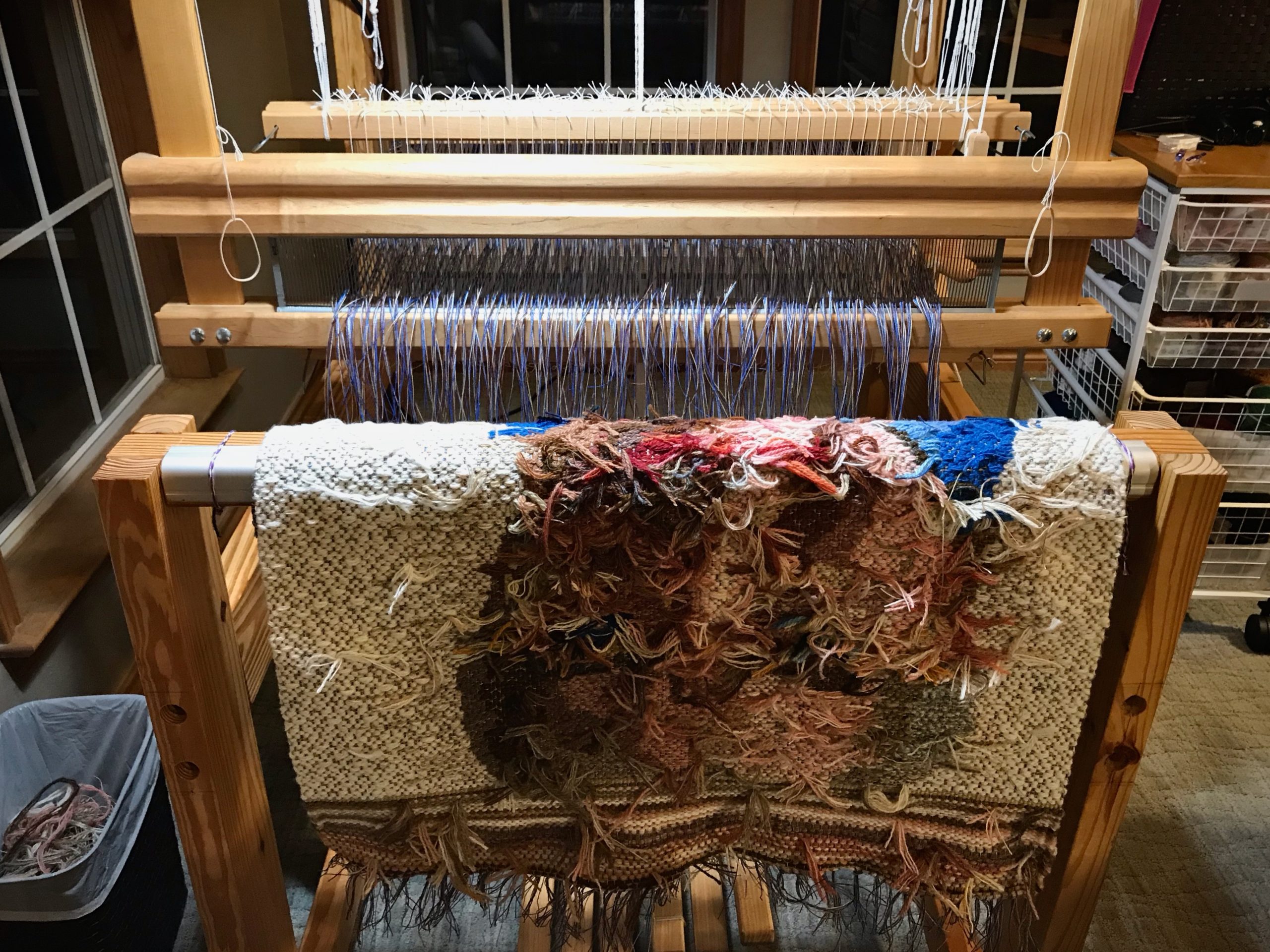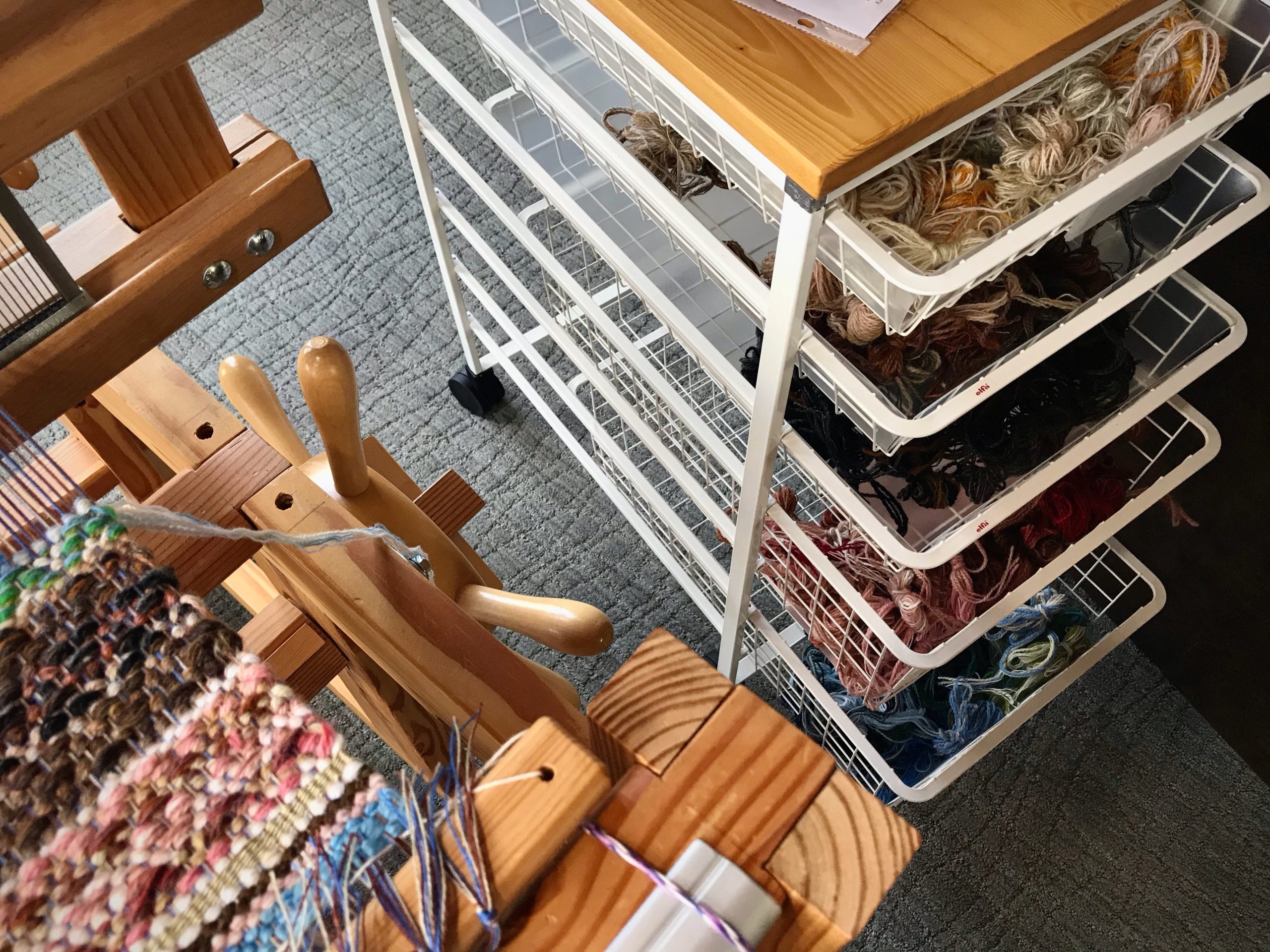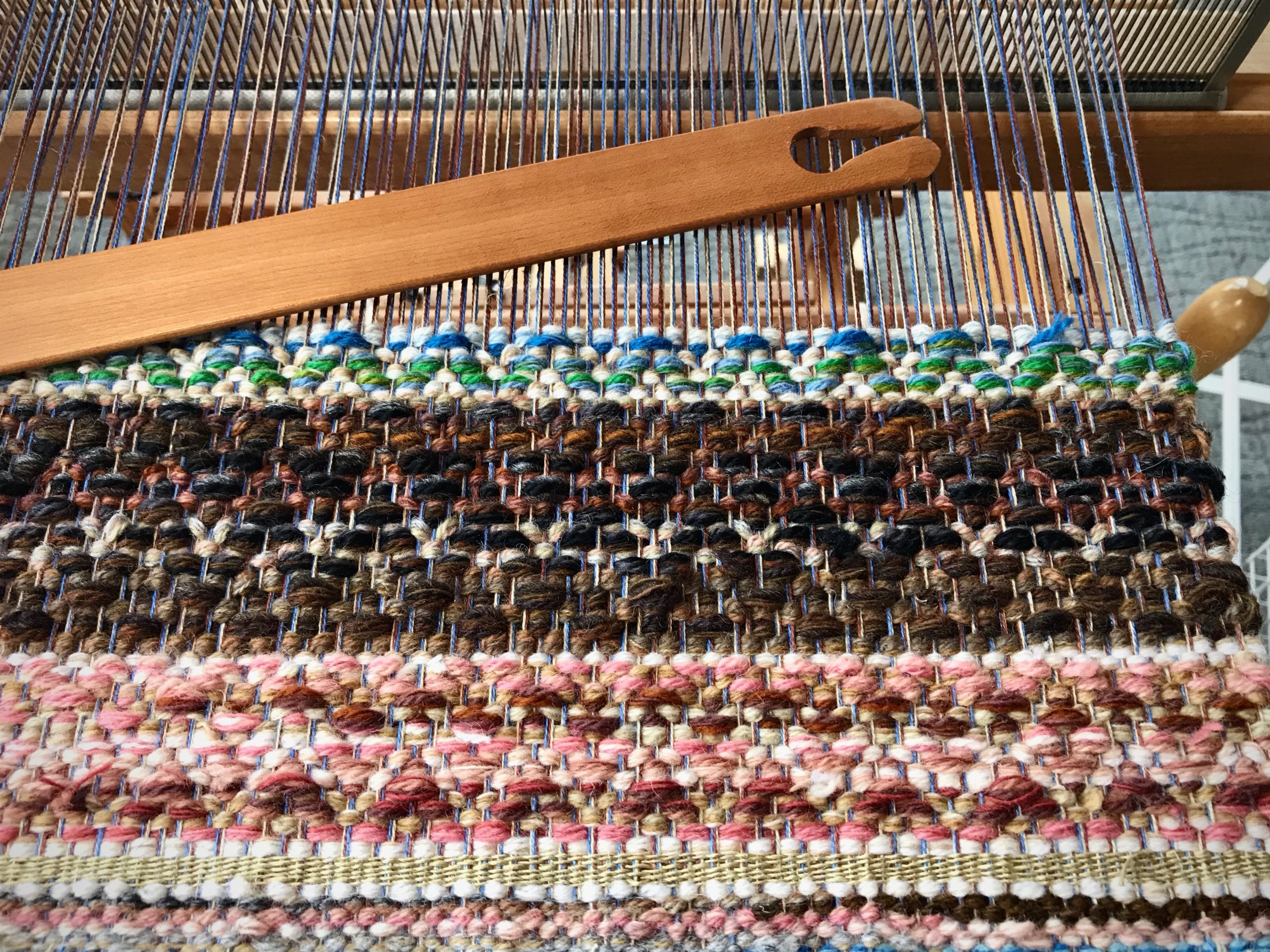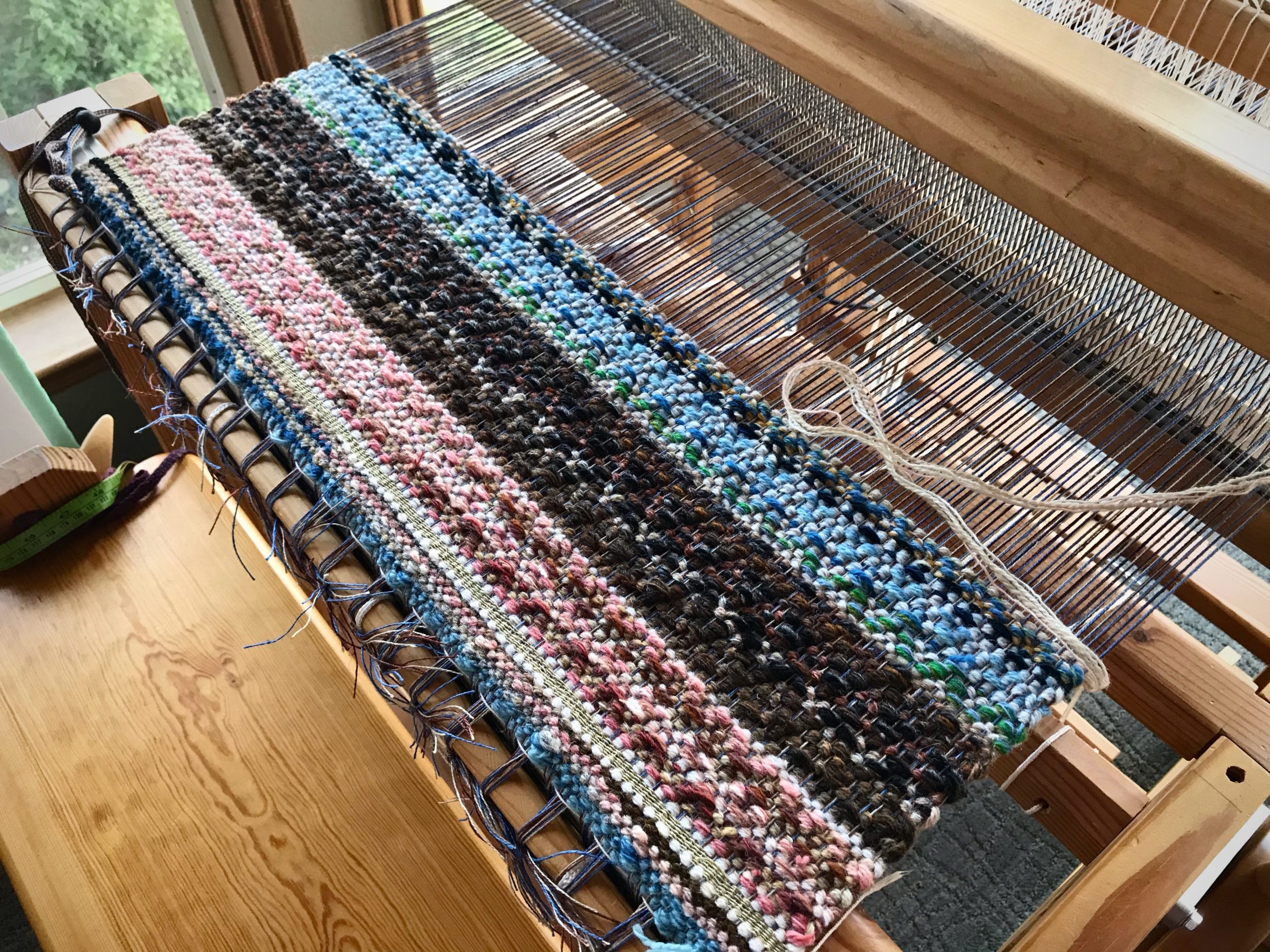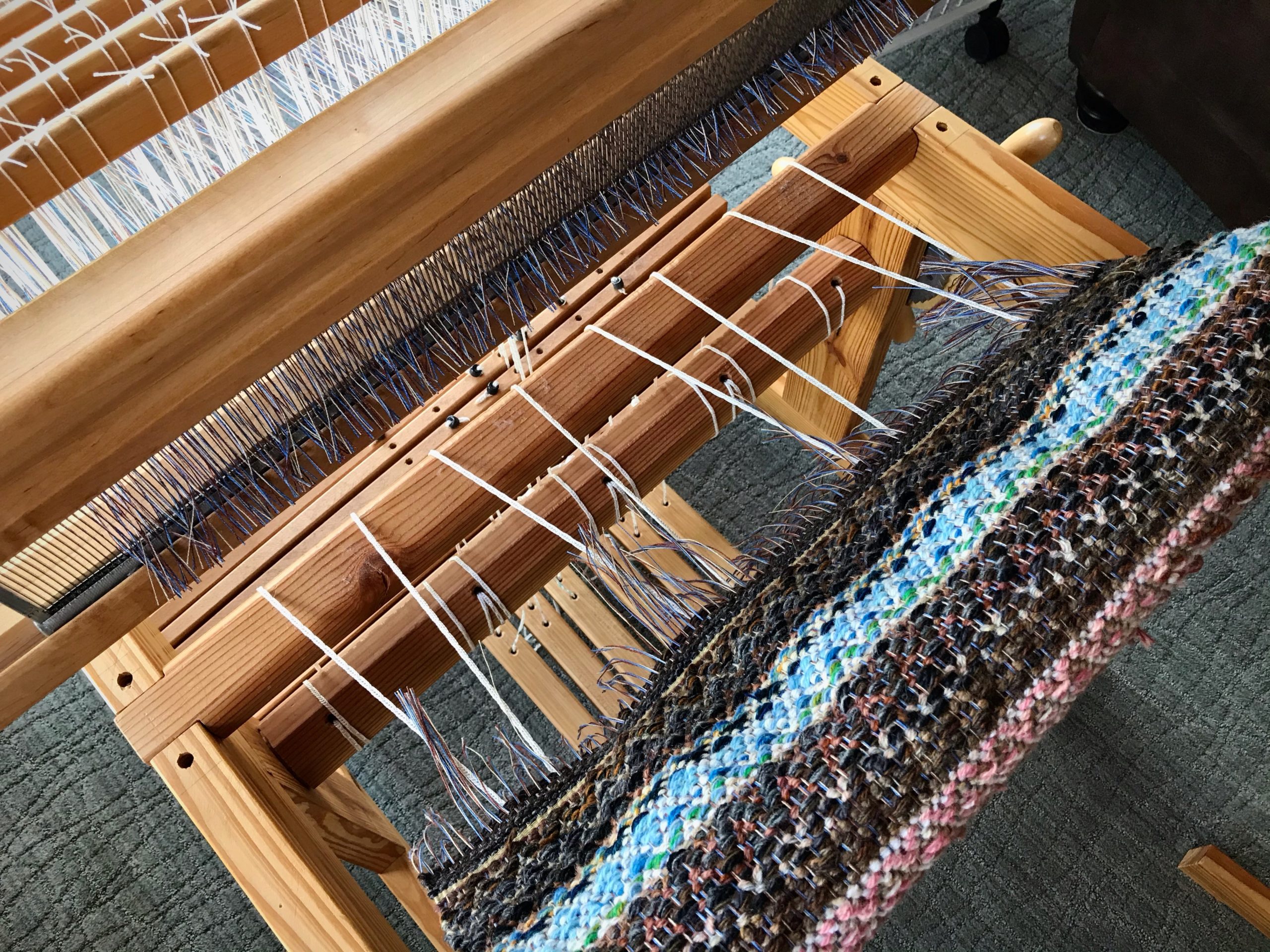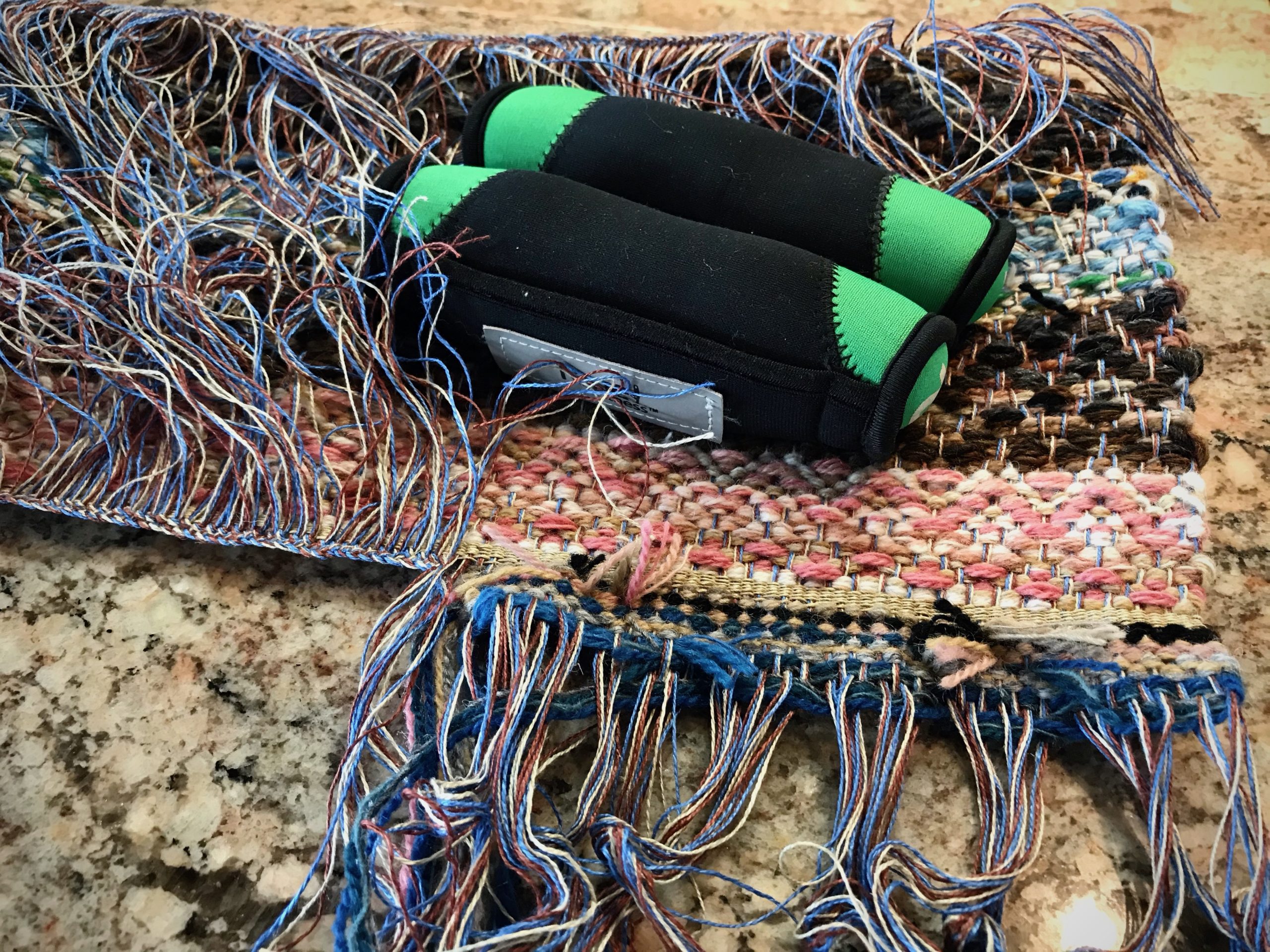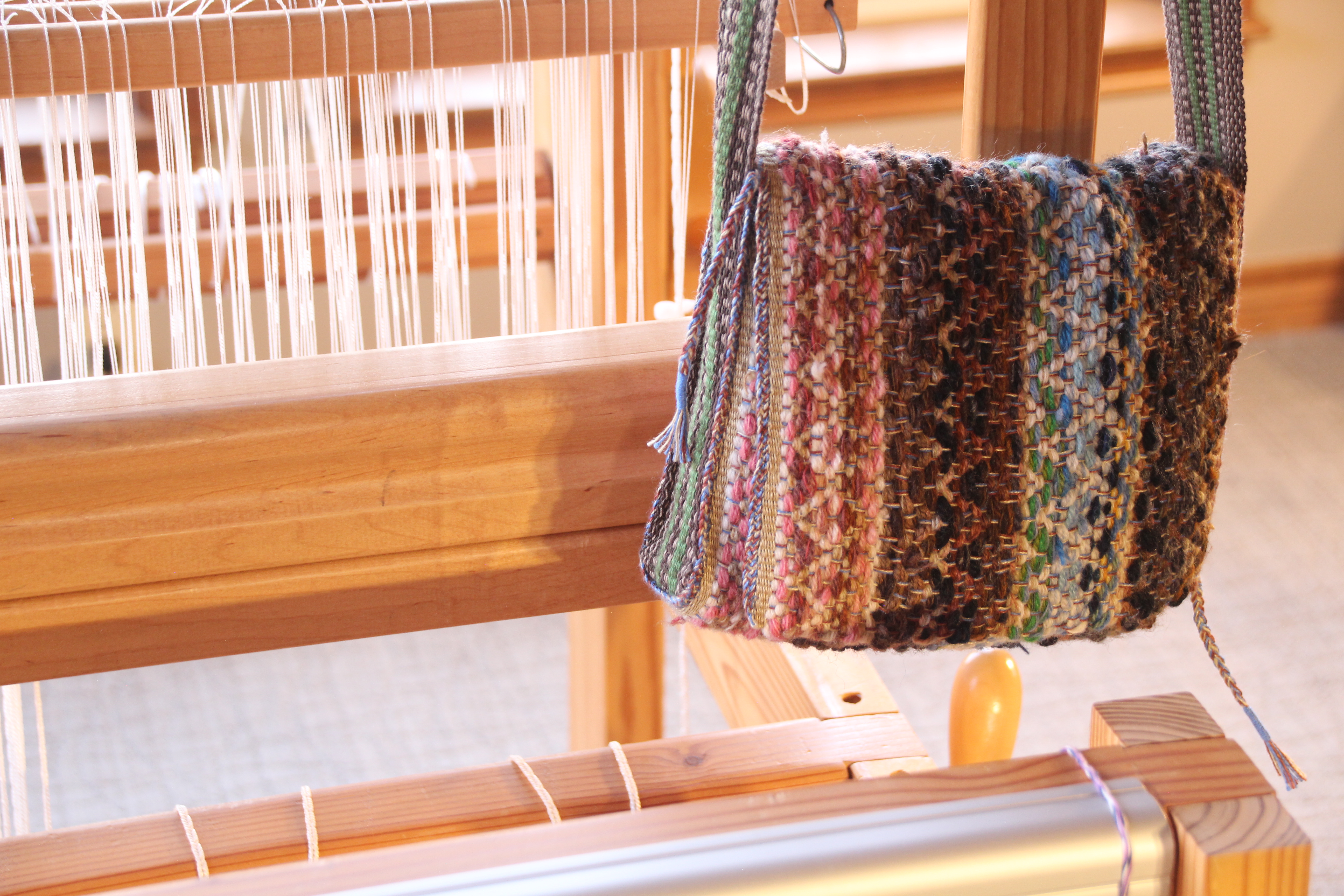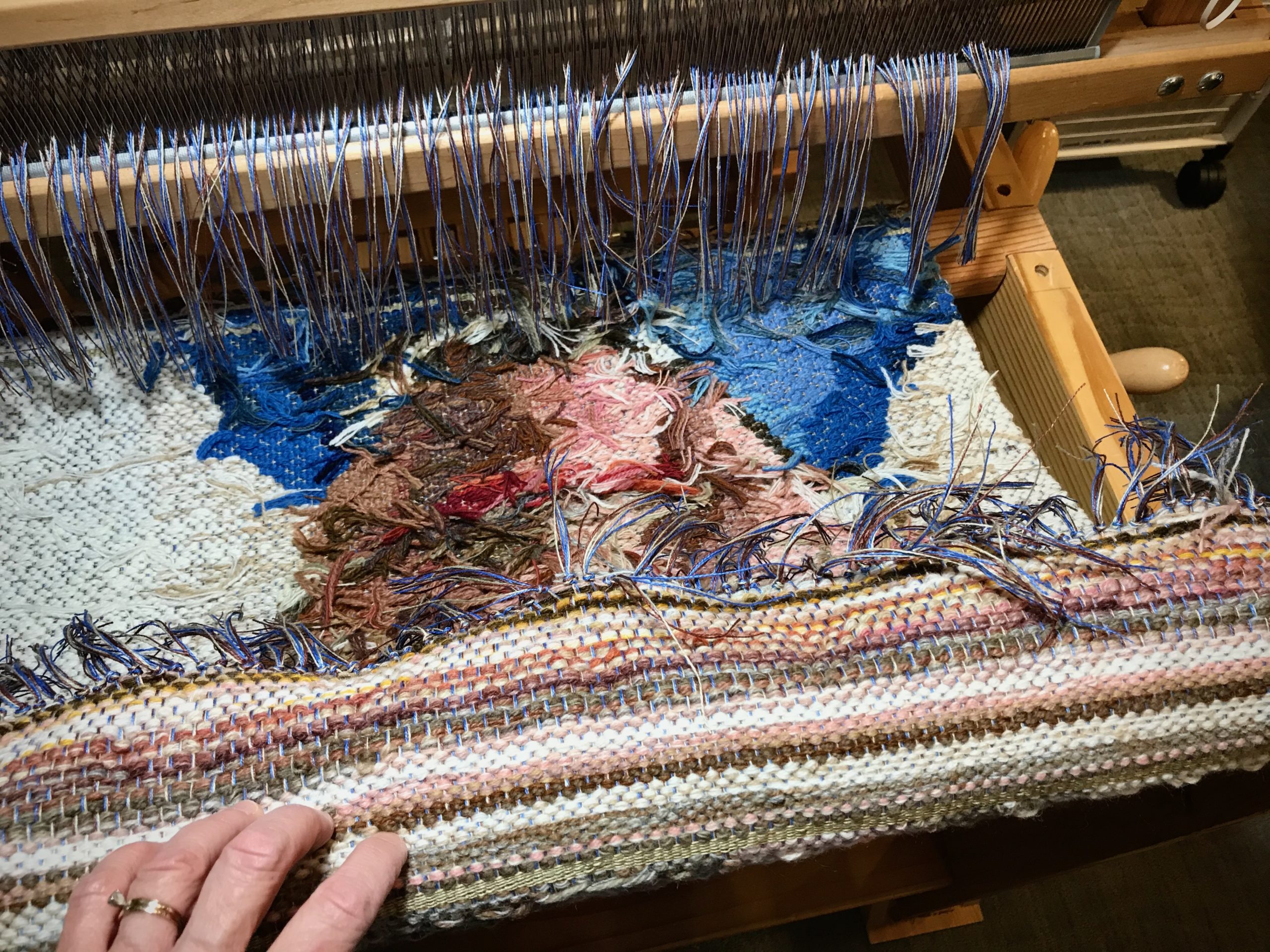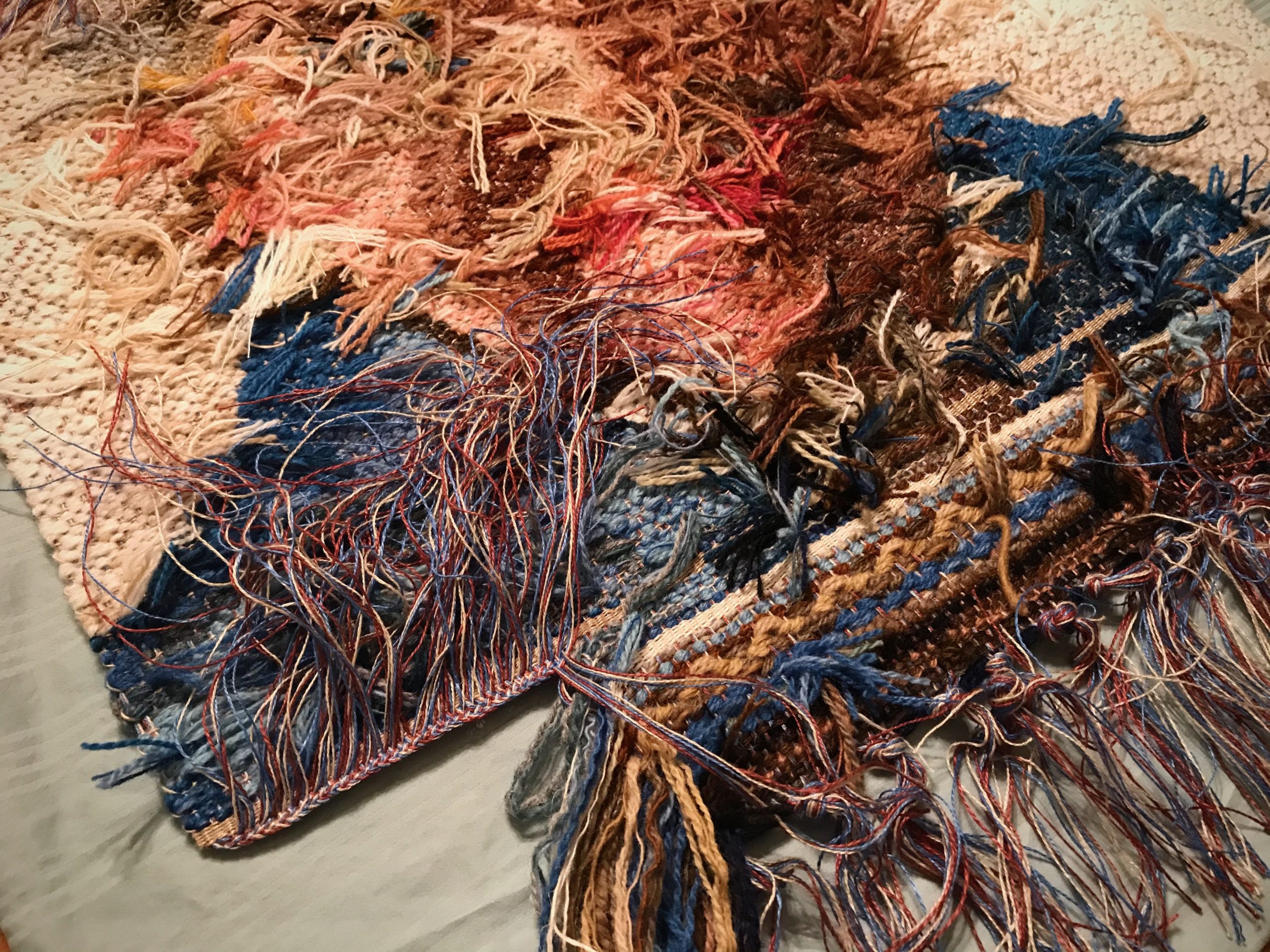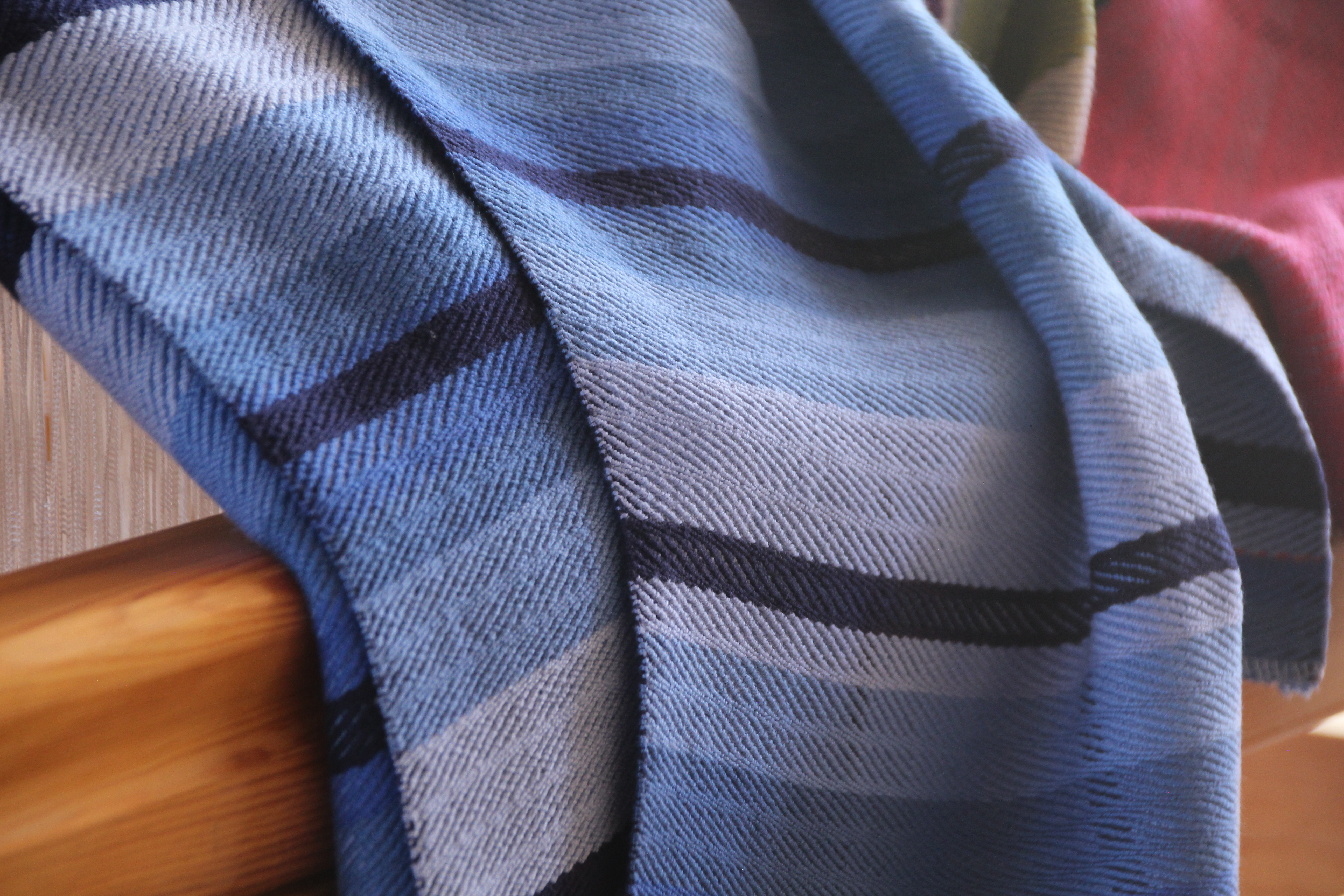This is the moment Miss Fit and I have been waiting for! We have come to the beginning of the end of the real tiered skirt. Or, maybe I should say it’s the end of the beginning, since weaving is just the beginning of this skirt. My next step is to finish the fabric: find and repair errors, wash, dry, press. And then, on to construction: detail studies, measure, cut, gather, sew seams. And lastly, of course, I will find an occasion to wear the summery subtly-patterned huckaback skirt, even if summer has already slipped into hiding until next year.

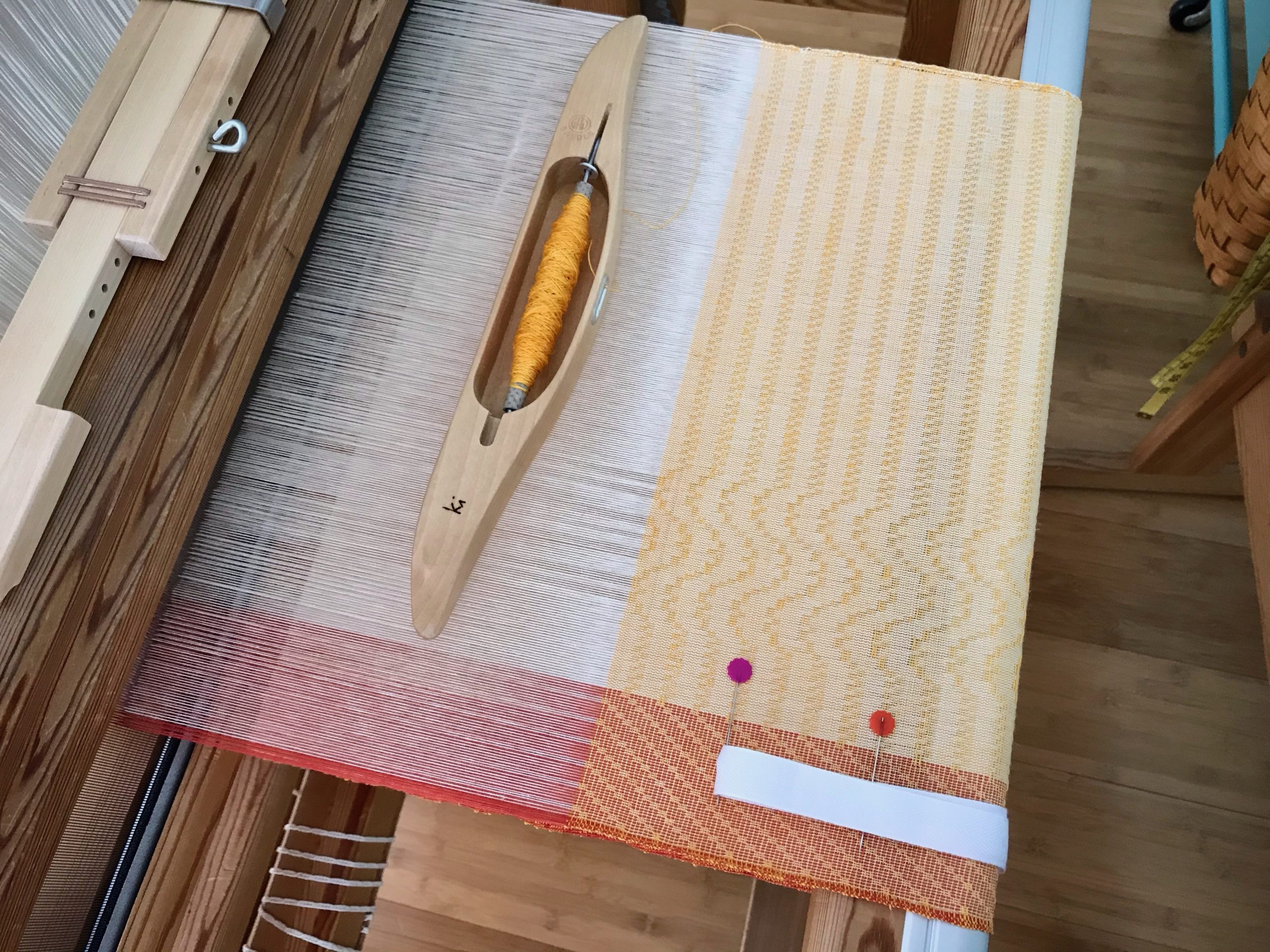
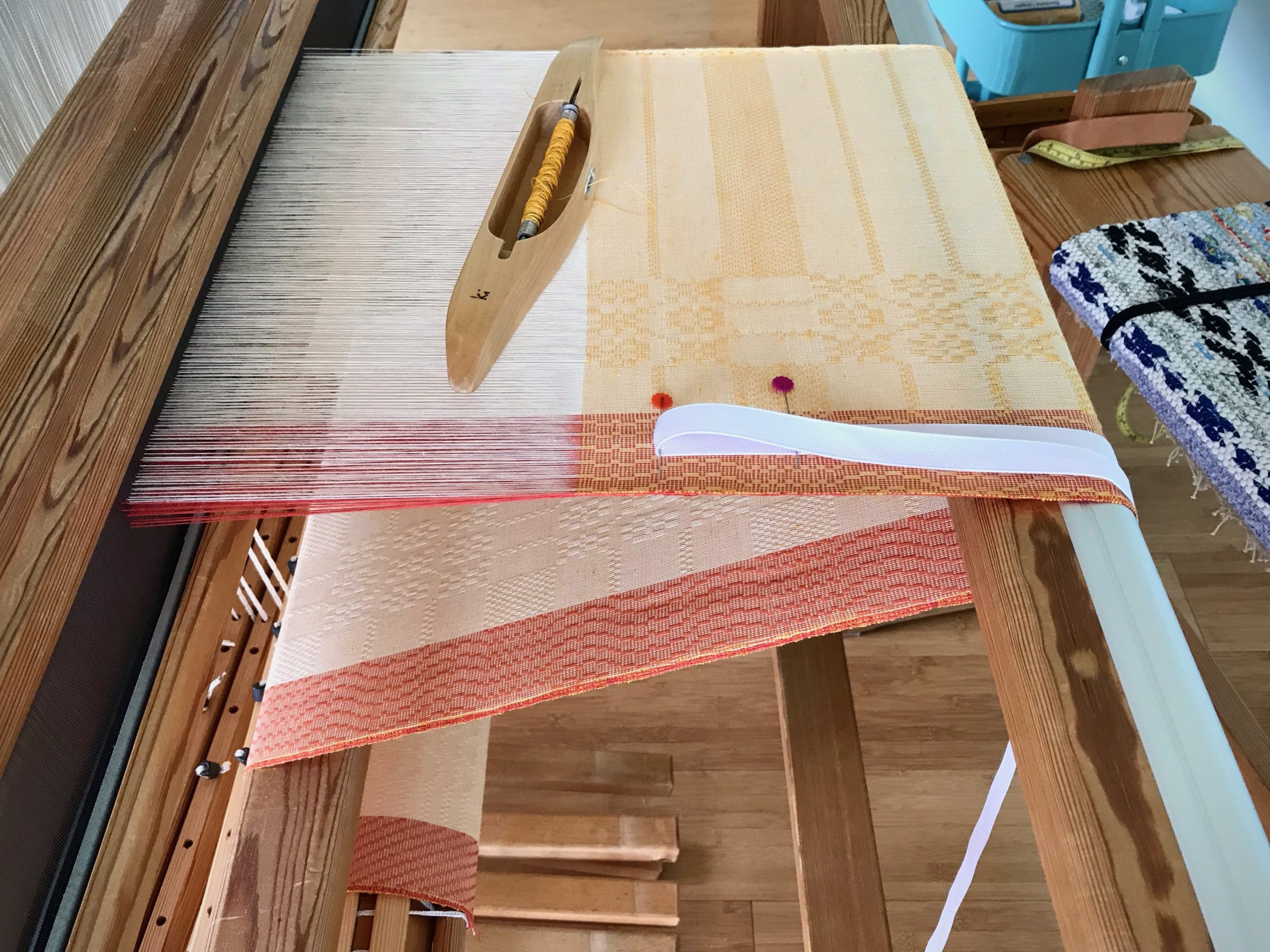
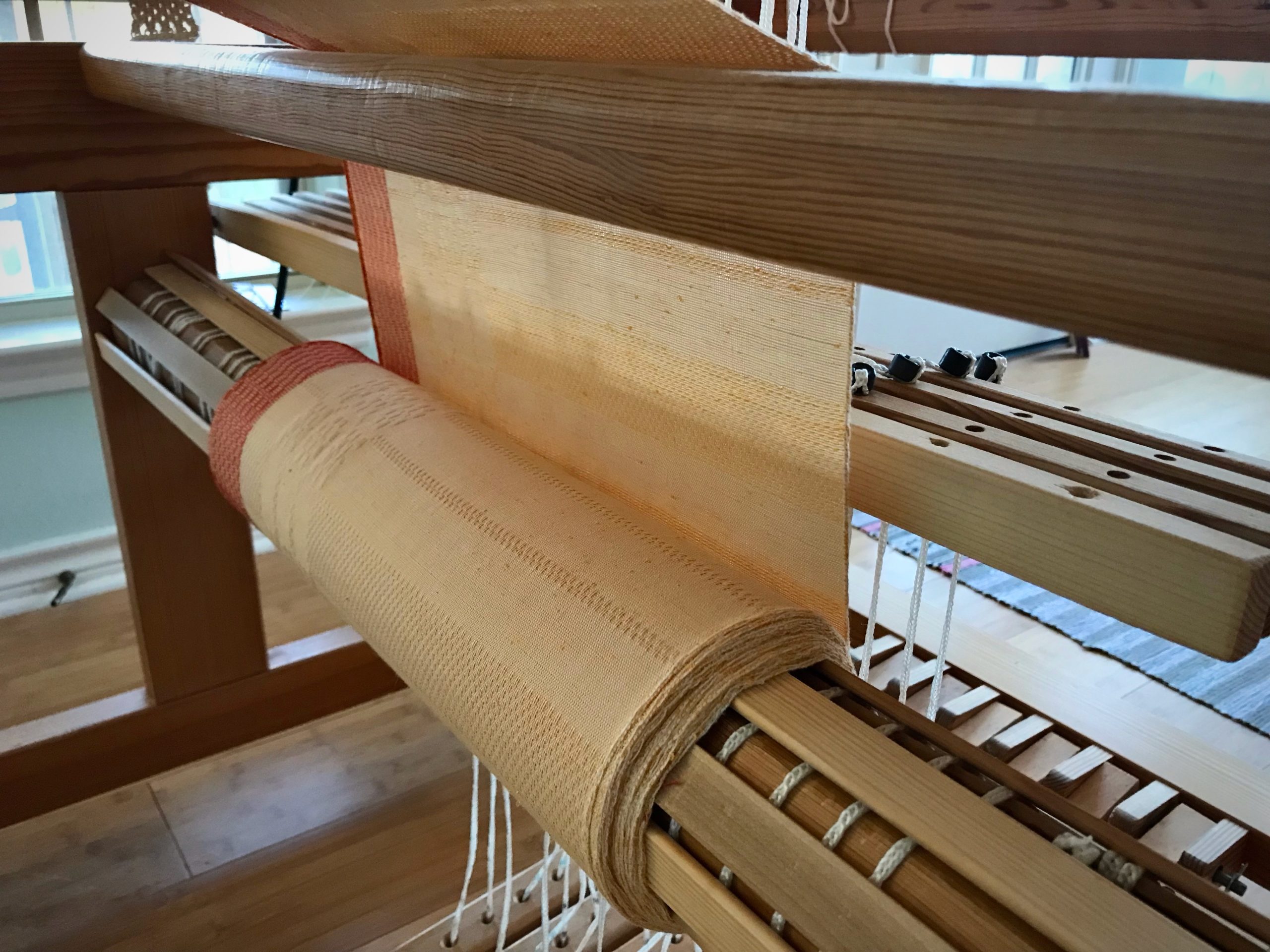
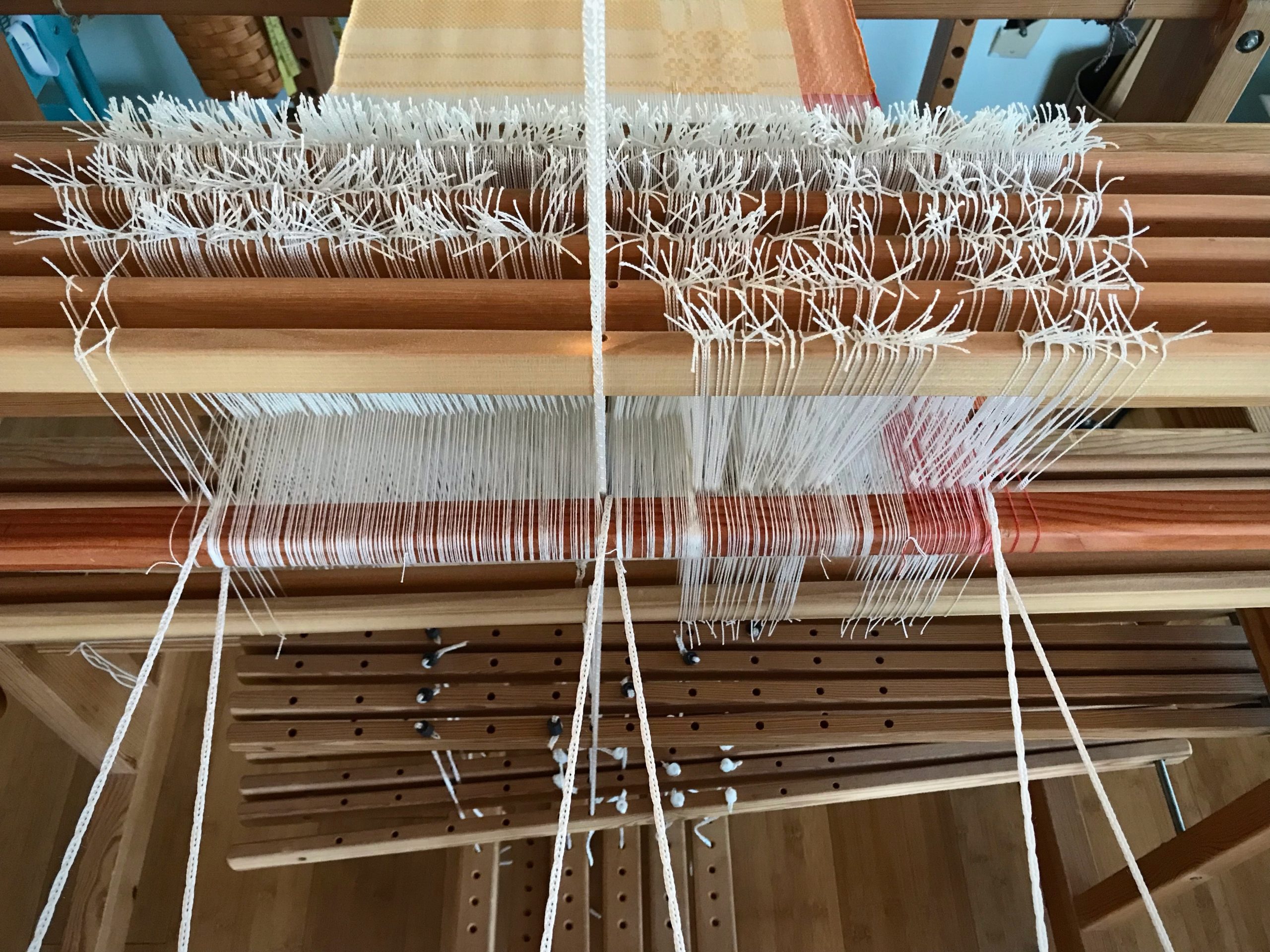
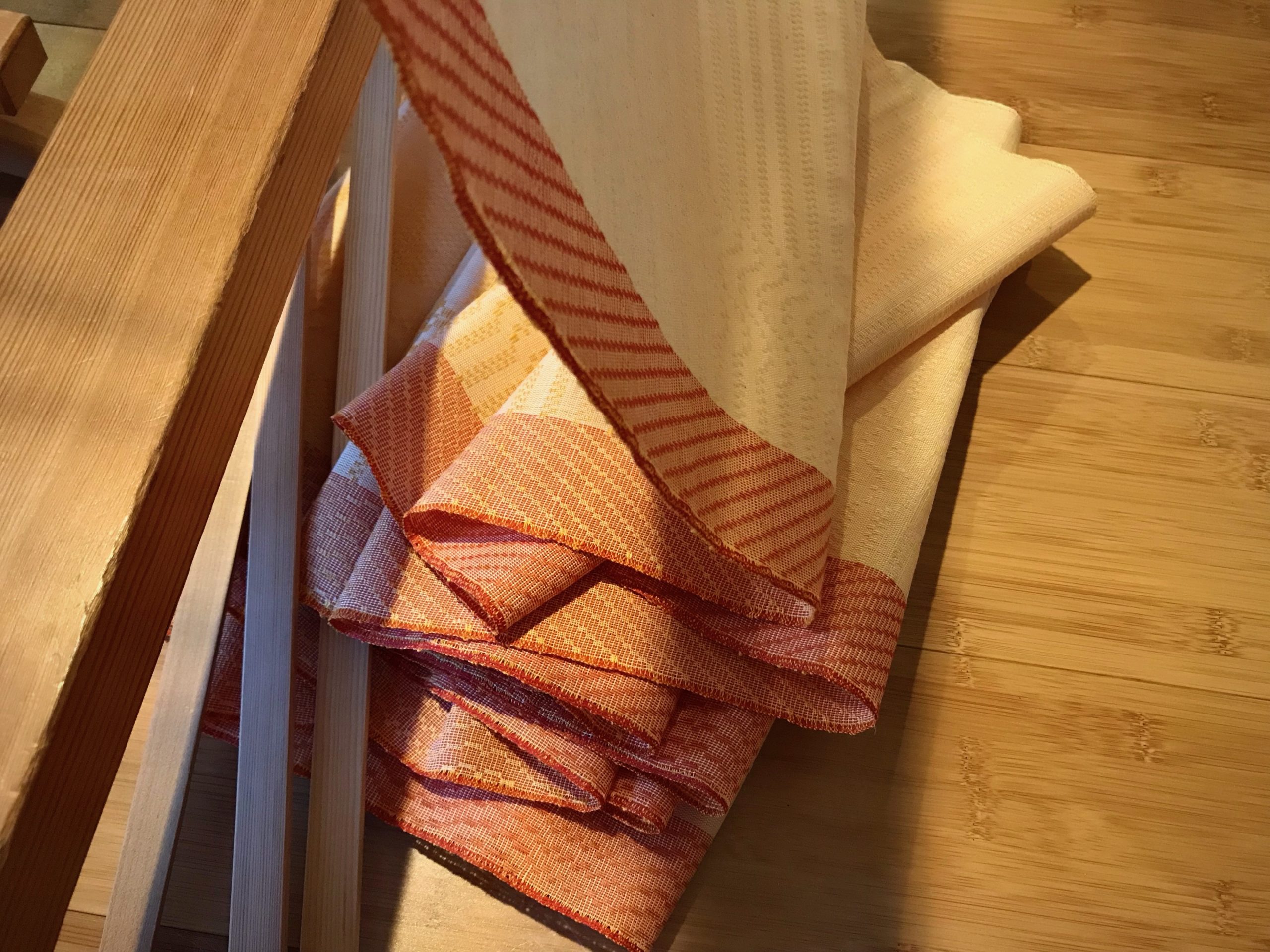
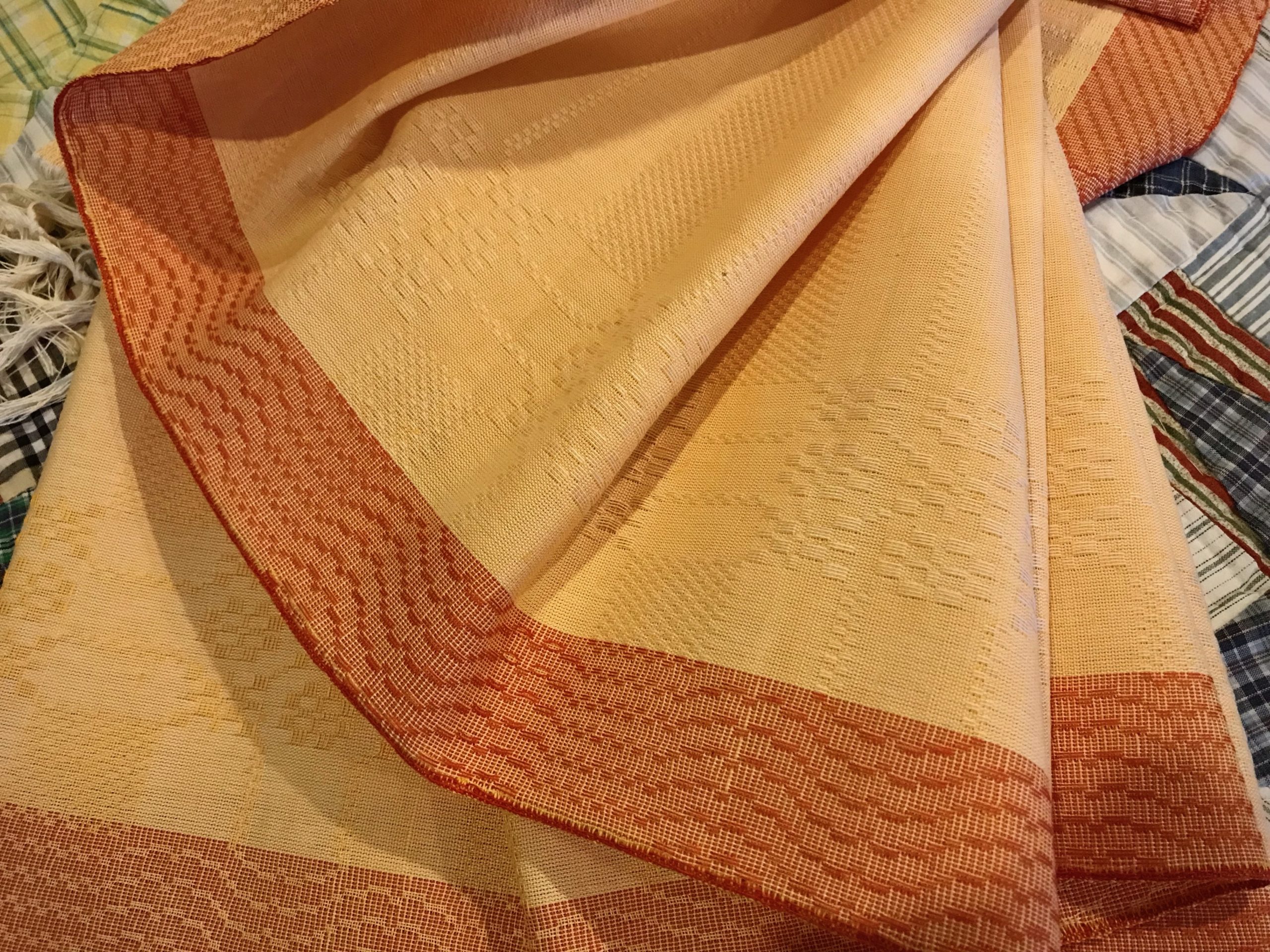
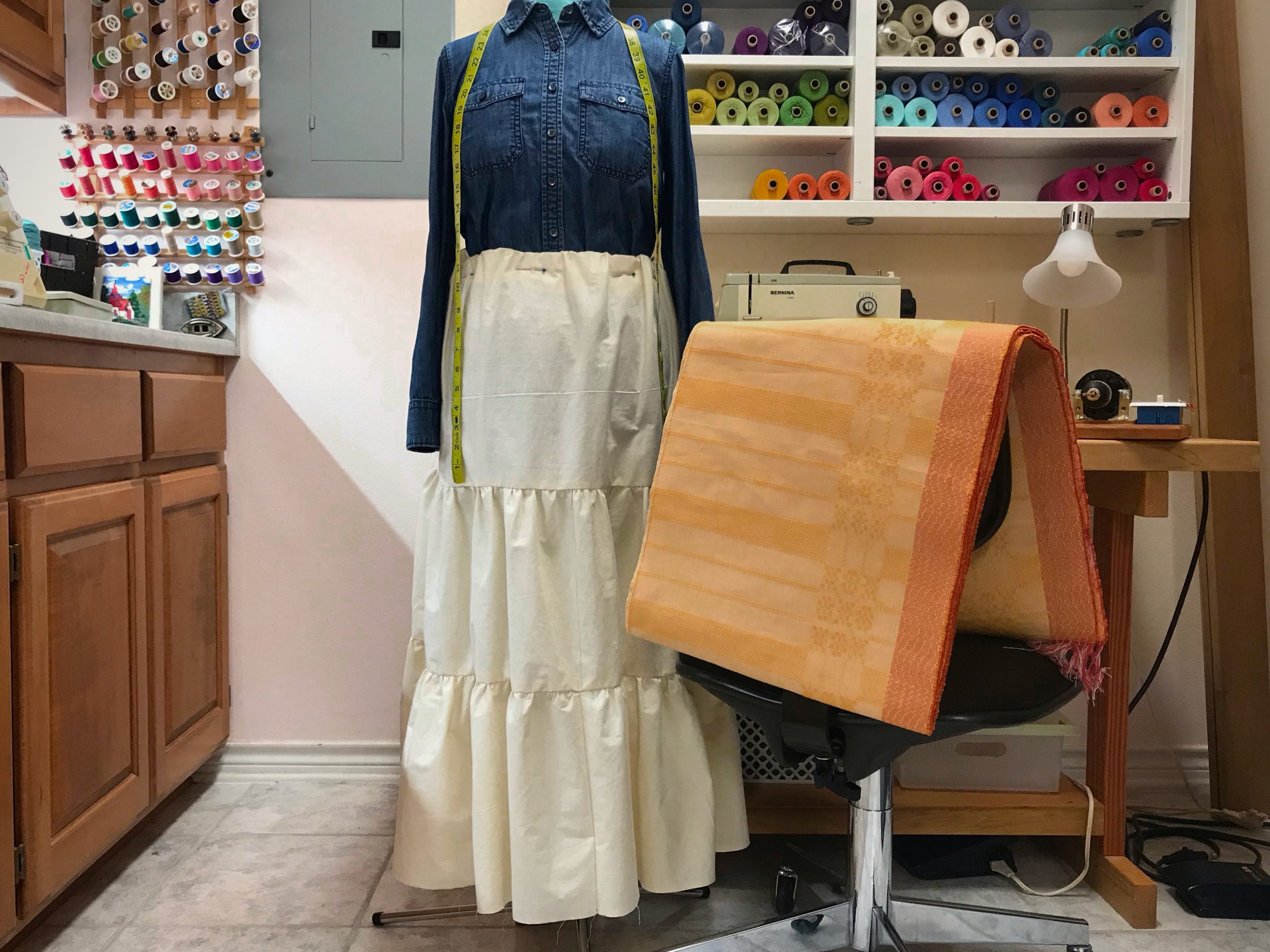
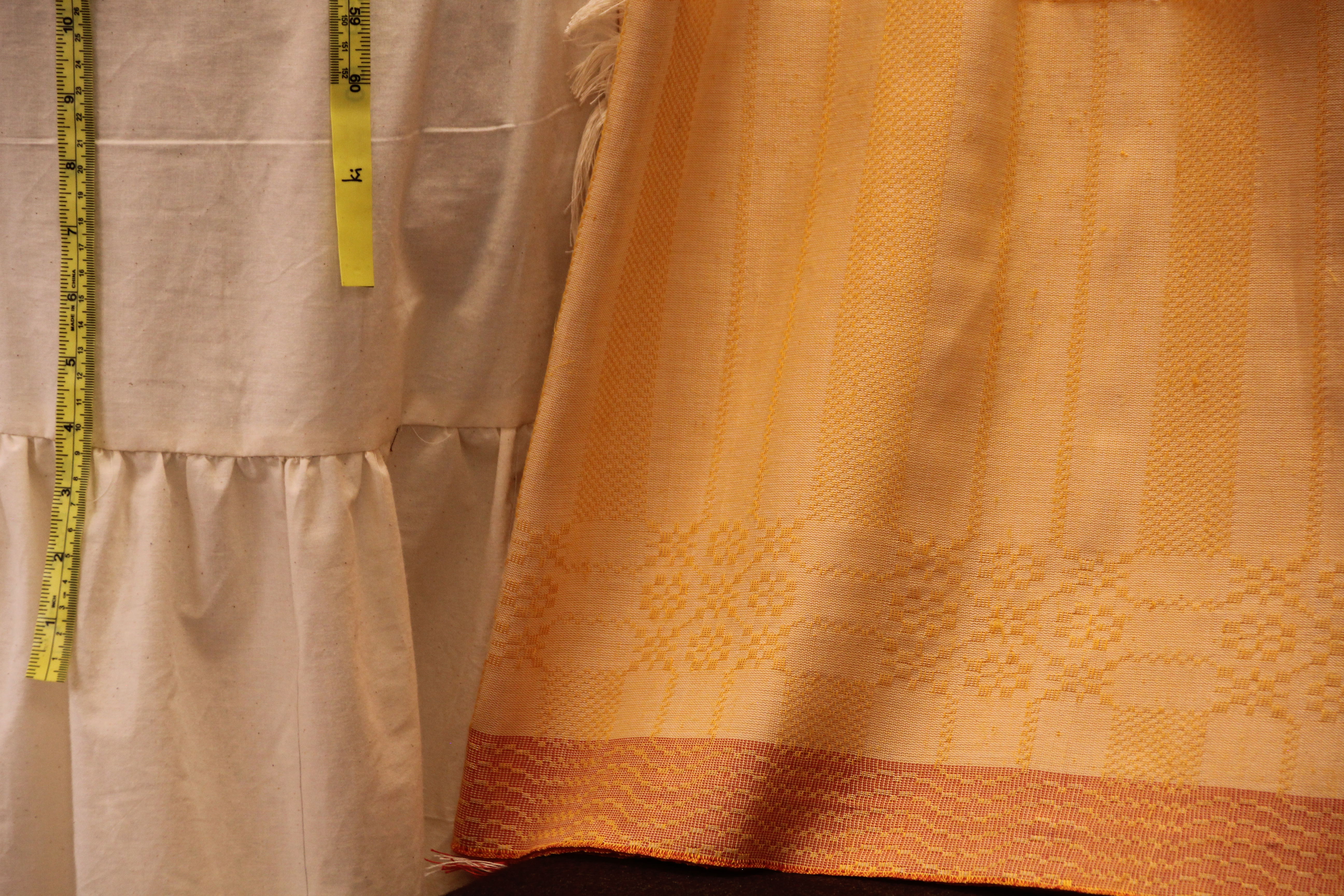
May you see your ideas take shape.
Miss Fit’s double,
Karen

